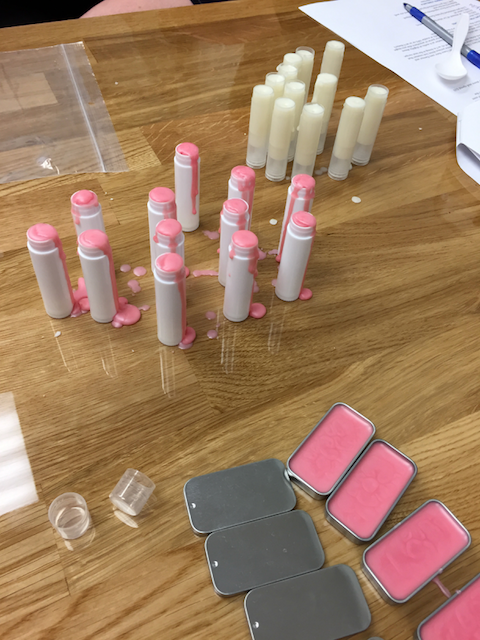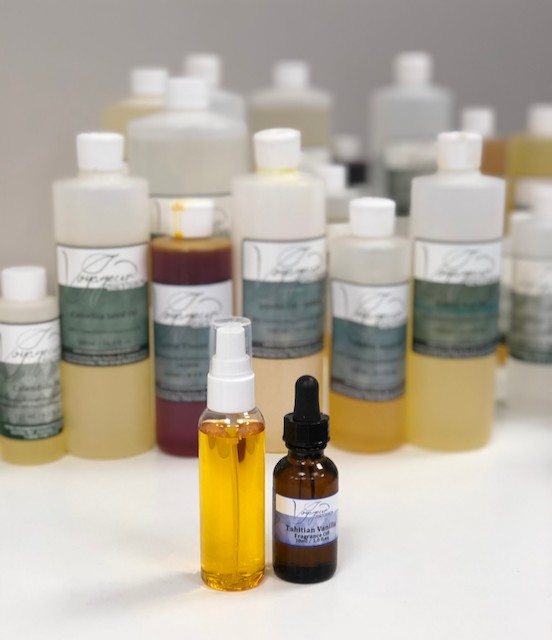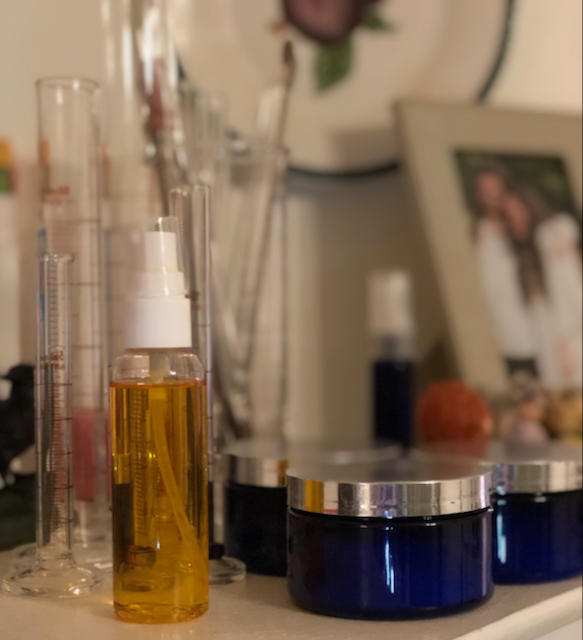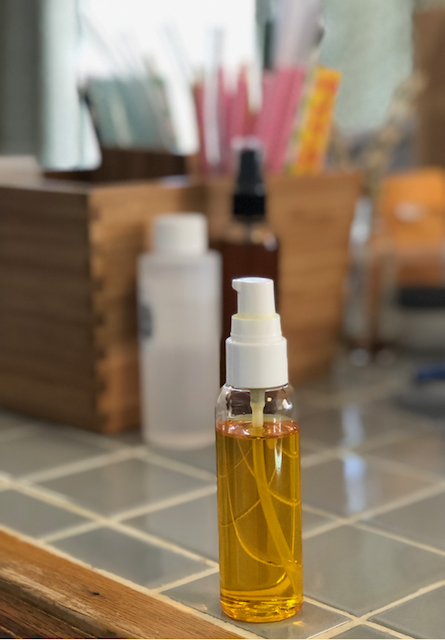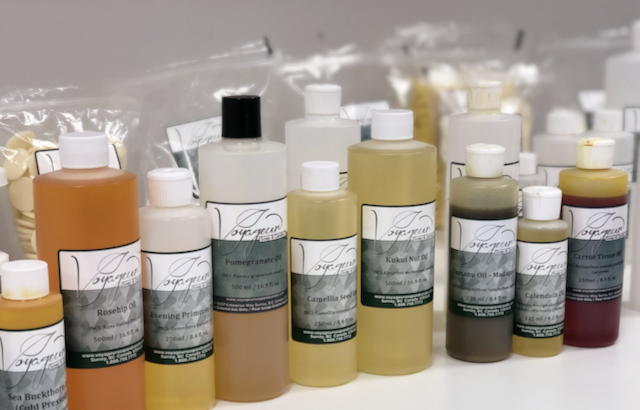Combining emollients: Part five, surface tension
Why the picture of a lip balm at the top of this post? One, it’s full of emollients, and spreadability is really important in lip products; and two, getting that little dome at the top is about surface tension! Welcome back to our series on combining emollients. In this part – which is part or...

